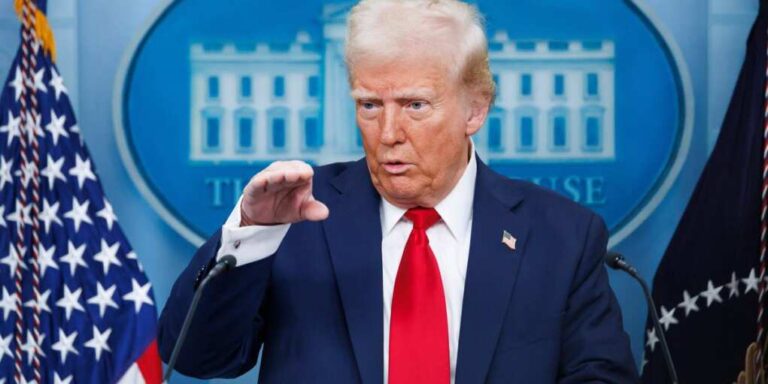
President Donald Trump is intensifying his economic offensive, sending letters to the leaders of seven additional nations announcing new tariffs that will hit their exports to the United States starting August 1 unless they open their markets to American producers.
The countries—Algeria, Brunei, Iraq, Libya, Moldova, the Philippines, and Sri Lanka—will face tariffs ranging from 20 to 30 percent on goods entering the U.S., part of Trump’s aggressive push to correct what he calls “unfair trade deficits” that harm American workers.
The tariff rates outlined include a 30 percent tariff on goods from Algeria, Iraq, Libya, and Sri Lanka, a 25 percent tariff on Brunei and Moldova, and a 20 percent tariff on imports from the Philippines. The move follows a similar set of letters sent on Monday to South Africa, Laos, Myanmar, Malaysia, and Kazakhstan, as Trump accelerates his efforts to use tariffs as leverage to bring manufacturing back to American soil and force trading partners to lower their barriers.
In each letter, Trump emphasized that the tariffs are “far less than what is required” to fully eliminate the trade imbalances with these nations but warned that if the targeted countries retaliate with their own tariffs, the U.S. will respond in kind, increasing the pressure until concessions are made.
The letters also offered a pathway out of the tariffs: countries willing to open their markets to U.S. goods and eliminate trade barriers and tariffs on American producers could see adjustments to the new tariff rates. Trump’s message was clear—manufacture in the United States, and your goods will enter the market tariff-free; refuse to adjust, and face escalating costs.
Trump posted the letters on Truth Social, reinforcing his administration’s commitment to rebalancing trade and fulfilling campaign promises to protect American industries. The push comes as part of a broader economic strategy in Trump’s second term to prioritize American jobs, incentivize domestic manufacturing, and confront countries that have long relied on the U.S. market while restricting American access to their own.
Critics of Trump’s tariff strategy warn that it could raise prices for American consumers and provoke trade wars, but supporters argue that the tough stance is necessary to end decades of lopsided trade practices that have gutted American manufacturing and cost millions of middle-class jobs.
The Trump administration’s latest moves are likely to intensify negotiations with the targeted nations, putting pressure on their leaders to reconsider their trade policies or face the economic consequences. The White House has signaled it is prepared for potential pushback but insists the tariffs will remain in place until fair agreements are secured.
As the August 1 deadline approaches, global markets and American industries are closely watching to see whether these countries will opt to negotiate with the Trump administration or risk a tariff showdown with the world’s largest economy. Trump’s trade strategy, which was a hallmark of his first term, has returned as a central pillar of his economic agenda, reshaping the conversation around globalization and America’s role in the global marketplace.






